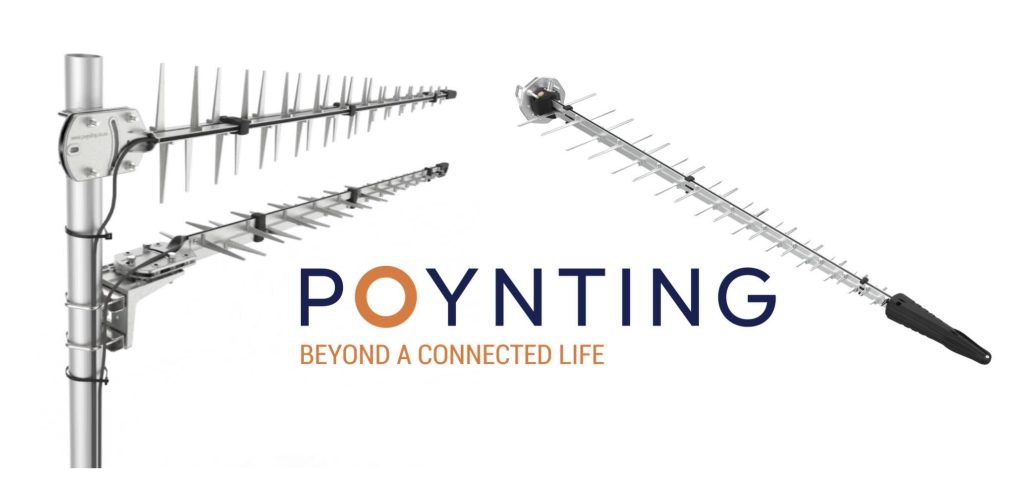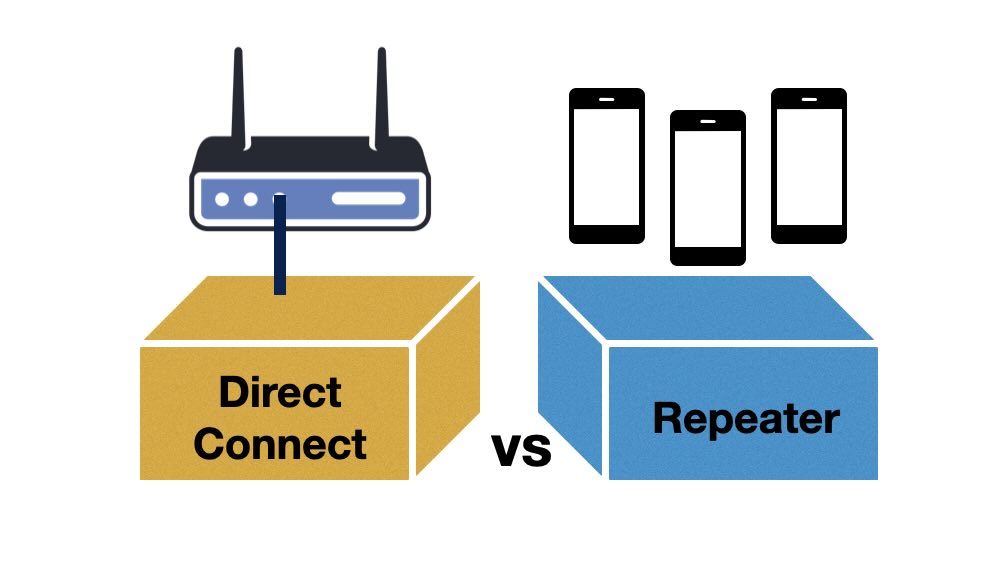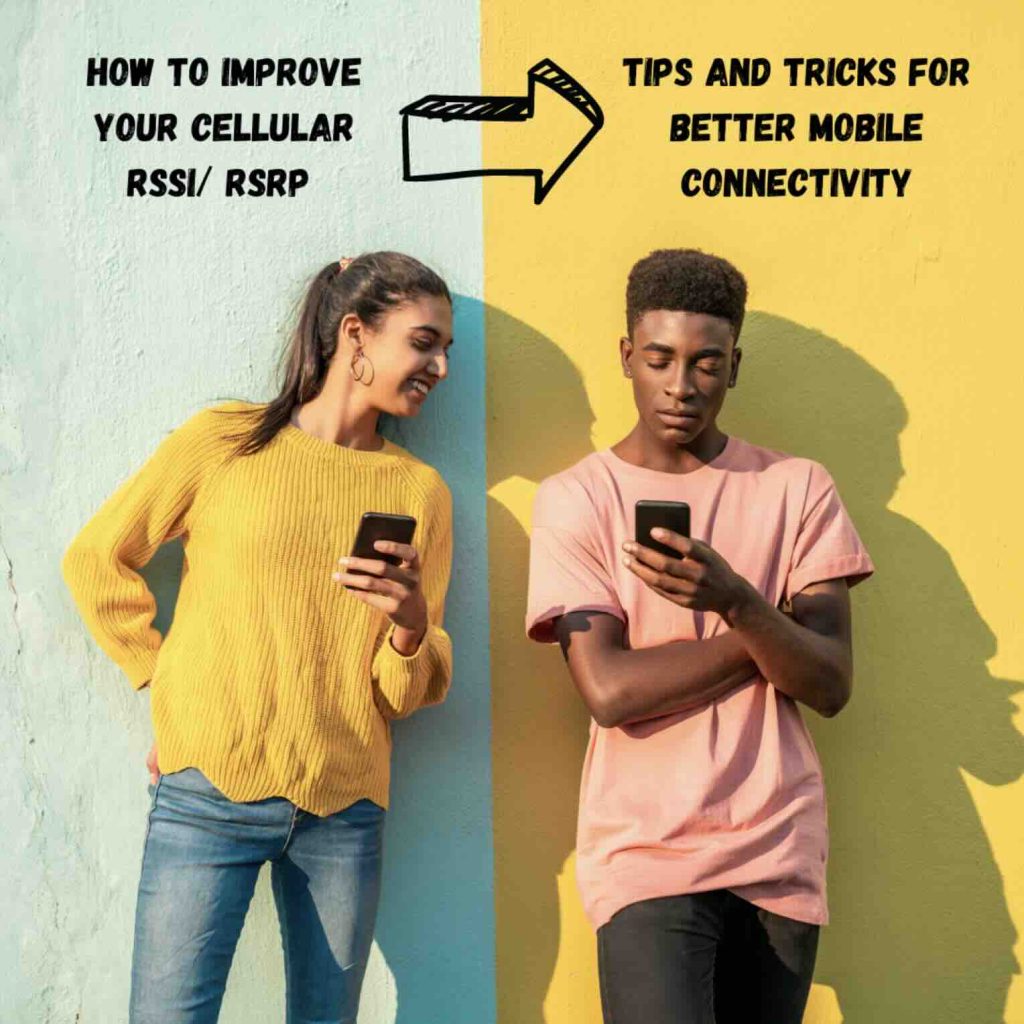Guest Article written by the Poynting team Considerations for Donor Antennas in Repeater Systems: Why Gain Isn’t Everything When designing or installing a repeater system to extend cellular coverage, many people focus primarily on the gain of the donor antenna. While gain is important, it is not the only factor to consider when selecting a […]
Tag: booster
Cellular Amplifiers: Direct Connect vs. Repeater Systems
Our world is centered around ensuring reliable cellular signals are always available, whether for personal use, business continuity, or IoT applications. Cellular amplifiers can be a game-changer in areas with weak signals, but understanding the options available is critical to selecting the right solution. We’d like to explore the two main types of cellular amplifiers—direct […]
WiFi vs Cellular: Comparing Connectivity
Today, the need for continuous, reliable, and secure connections is greater than ever. With advancements in technology, we now have options like WiFi and cellular signals to meet these demands. WiFi has evolved from WiFi 5 to WiFi 6, 6E, and the emerging WiFi 7. On the cellular side, we’ve seen the progression from 4G […]
Simple Ways to Boost Your Cellular Signal
These days a strong cellular signal is essential for maintaining seamless communication, accessing important information, and staying entertained. With millions of Americans owning a smartphone and most of them feeling they couldn’t live without their devices, dealing with weak cellular signals can be incredibly frustrating. Factors such as adverse weather, interference from building materials, terrain, […]
Enhancing the Performance of Your Inseego 5G Indoor Router
Having a robust and reliable internet connection in this day and age is essential for anyone. The Inseego 5G indoor router series, featuring models like the FG2000e, FX2000e, and S2000e, promises lightning-fast internet speeds for your home or office. However, ensuring optimal signal strength, especially indoors or in areas with poor network coverage, can be […]
How to Improve Your Cellular RSSI/ RSRP: Tips and Tricks for Better Mobile Connectivity
When it comes to cellular data connectivity, good signal strength is crucial. Without a decent signal, you’re not going to get very far. Cellular signal strength and quality can vary greatly depending on your location from a cellular tower, terrain, network overloads, and other factors. Weak cellular coverage can be incredibly frustrating and cause a […]
Boosting Cellular Connection Speeds: How Antennas Can Help Improve Bandwidth
As more of our lives depend on technology and the Internet, it’s important that we have a fast and reliable connection. For wired Internet services, that might not be such a problem. What if you’re relying on mobile broadband Internet service? With the advent of 5G technology, cellular networks have become even faster, offering lightning-fast […]




